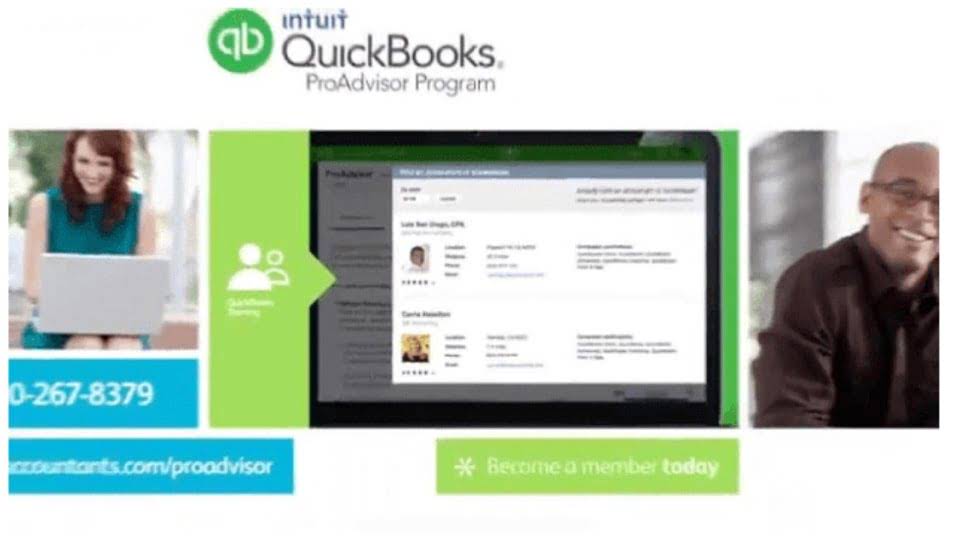What Is FOB Shipping? Everything You Need to Know
Content
- FOB Origin vs. FOB Destination
- FOB shipping point – What is FOB shipping point?
- What risks are involved for FOB Shipping Point vs FOB Destination?
- What Is the Difference Between FOB and CIF?
- Shipping Point versus Destination: What’s the Difference?
- Costs Associated with Freight on Board
- Build your dream business for $1/month

But there are some finer points to know, and you may see these terms on your invoice or bill of lading. With FOB shipping point, the buyer pays for shipping costs, in addition to any damage during shipping. The buyer is the one who would file https://simple-accounting.org/accounting-for-startups-the-ultimate-guide/ a claim for damages if needed, as the buyer holds the title and ownership of the goods. In addition to when responsibility and title for freight change hands, there is another difference between FOB shipping point and FOB destination.

The term “freight on board” originated from the days of sailing ships when goods were “passed over the rail by hand,” as defined in Incoterm. The term “FOB” was used to refer to goods transported by ship since sea transport was the main method of transporting cargo from far countries. The term’s usage has changed since then, and its definition varies from one country and jurisdiction to another. The phrase “passing the ship’s rail” was dropped from the Incoterm definitions in the 2010 amendment.
FOB Origin vs. FOB Destination
FOB is an acronym that means “free on board,” so FOB destination means free on board destination. International shipments typically use “FOB” as defined by the Incoterms standards, where it always stands for “Free On Board”. Domestic shipments Online Bookkeeping Services for Small Businesses within the United States or Canada often use a different meaning, specific to North America, which is inconsistent with the Incoterms standards. Incoterms apply to both international trade and domestic trade, as of the 2010 revision.
What does FOB and CIF mean?
The abbreviation CIF stands for "cost, insurance and freight," and FOB means "free on board." These are terms are used in international trade in relation to shipping, where goods have to be delivered from one destination to another through maritime shipping. The terms are also used for inland and air shipments.
Incoterms are agreed-upon terms that define transactions between shippers and buyers, so importers and exporters can speak the same shipping language. While Incoterms can apply to international trade and domestic shipments, UCC is primarily used for domestic shipments. In this type of agreement, the buyer assumes full responsibility for the goods after the seller delivers them to the carrier. In this case, Super Widgets as the seller is responsible for the freight charges needed to transport the goods from their location to your receiving dock at Widget World.
FOB shipping point – What is FOB shipping point?
If you are new to purchasing FOB from China, it will be beneficial for you to understand the overall shipping process and what to expect when you begin communicating with Chinese suppliers in your next production. How each of these terms function when you are shipping will depend on the FOB destination and the shipping point. Of this total, 95 million tons were export goods, 246 million tons were imported goods, and the remaining 544 million tons were moved by water within the United States.
- This means that no matter where you ship from, you will encounter the same regulations.
- The point at which the title and responsibility for transportation costs transfers is essential to the various forms of FOB destination.
- A FOB only defines the responsibility of the shipping and costs and not the owner of the goods en route.
- It does not matter how long it takes for the shipment to arrive at its destination.
- From determining who pays for freight and customs to clarifying the delivery time and place, we’ll cover whatyou must learn to navigate FOB sending confidently.
- The seller bears no responsibility for the goods during delivery and any damages, loss, or theft is handled by the buyer.
Understanding the terminology and understanding when you’re accepting liability and ownership, is imperative. This is also the moment that the supplier should record a sale since they’re taking ownership at the receiving dock. It’s common for high-value goods to be sent via FOB destination designation. That allows the buyer to ensure they arrive in good condition and can be inspected upon receipt. The seller retains liability until the buyer accepts the goods, ownership, and liability at the receiving dock, office or agreed-upon place of transfer, after inspecting for damage.


